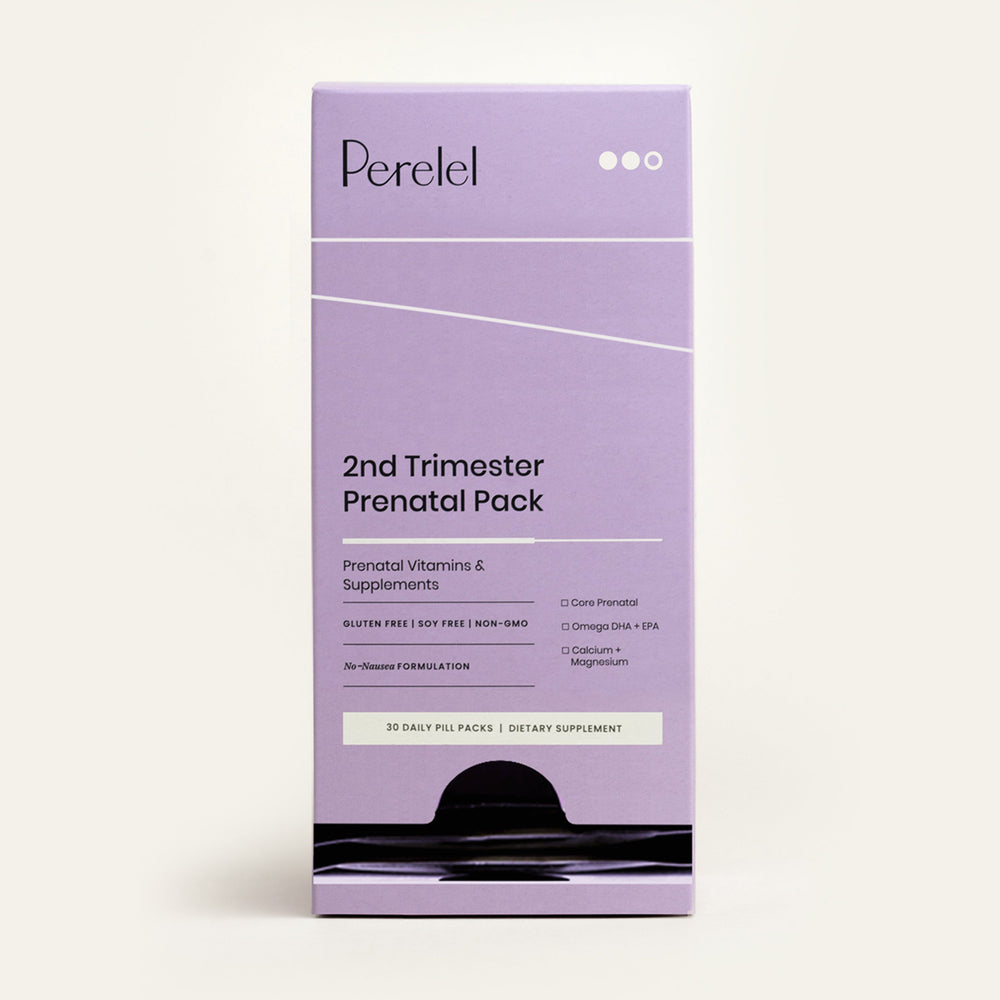The 20-week scan refers to the anatomy or anomaly ultrasound that is performed in the second trimester of pregnancy, usually around 18 to 22 weeks. The aim of this ultrasound is to identify structural abnormalities of the fetus and check to see if the baby is developing correctly. It is both an exciting and anxious time. You can find out the sex of your baby at this time if you so choose, and you can look forward to seeing your baby move in real-time. However, it can also be an anxious time as there is always a small possibility that there is an unexpected finding such as growth restriction or an abnormality. To help arm you with information and hopefully ease your fears around the uncertainty that the 20-week scan may bring up, here is what to expect from your 20-week scan.
What can I expect at my 20-week scan?
In addition to looking for structural abnormalities, the 20-week scan is also used to check your placenta and cervix to make sure everything looks good, but the vagina and uterus are not examined in any meaningful way. The cervix is measured by transvaginal ultrasound to check that it is long and closed. A cervix that is short or open in the second trimester puts you at an increased risk of preterm birth and preventative treatment is required.
Then, the ultrasound will perform a comprehensive survey of your baby. This is used to detect a heart defect, absent or abnormal limbs, brain abnormalities, additional structural anomalies, or can find signs that may raise suspicion for a genetic syndrome, like Down’s syndrome for example. Know that the ultrasound is limited by certain factors and may not detect all abnormalities prior to birth.1
The scan can take a long time as the baby is often moving and it can be difficult to get the images and measurements required. So it’s totally normal for the sonographer to not talk much during the scan because they are concentrating on capturing the images.
What happens if there is an anomaly on my ultrasound?
If there is any concern regarding the development of the baby, you will usually meet with a Maternal and Fetal Medicine Specialist (MFM) from there. They will discuss with you what was seen, how it affects your pregnancy, and how it may affect your child. Not all findings are worrisome. Some may be a variant of normal or a finding which will resolve with time.
In general, when an anomaly is seen on ultrasound genetic testing is recommended. Genetic testing can help determine the cause of a structural anomaly and help the pediatricians plan for the treatment of the child. It can also provide useful information for the parents and help them prepare for the birth of a child who may have special needs. For many, genetic testing provides reassurance that the structural problem is isolated and not part of a genetic syndrome.
To do genetic testing in the second trimester, we do what is called an amniocentesis.2 The physician will use an ultrasound to find a safe place to sample the amniotic fluid around the baby, and that fluid is then used to analyze and determine the genetic make-up of the baby. It is considered a very safe procedure and your doctor will go over all of the risks and address any concerns with you ahead of time.3
What if I have fear or anxiety around my 20-week scan?
Many of these scans are carried out by exceptionally well-trained sonographers or doctors specializing in fetal medicine, so you can take comfort in knowing that you are in good hands. If you’re particularly worried or anxious about the visit, talk to your doctor ahead of time. It also may be comforting and reassuring to bring someone with you or join virtually for your appointment to provide support.
Shop the Article:


2nd Trimester Prenatal Pack
$41.14 First 3 Mo First 3 Months
- Support baby’s skeletal growth*
- Eases your muscle cramps*
Read next: three women from our community on their pregnancy experience. Plus, follow us on social for some extra support on content from top experts in maternal health.
1 20-week scan in pregnancy. Nhs.uk.
2 Amniocentesis - Mayo Clinic. Mayoclinic.org.
3 Amniocentesis - Risks. Nhs.uk.
This article is for informational purposes only. It is not, nor is it intended to be, a substitute for professional medical advice, diagnosis, or treatment and we recommend that you always consult with your healthcare provider. To the extent that this article features the advice of physicians or medical practitioners, the views expressed are the views of the cited expert and do not necessarily represent the views of Perelel.





















